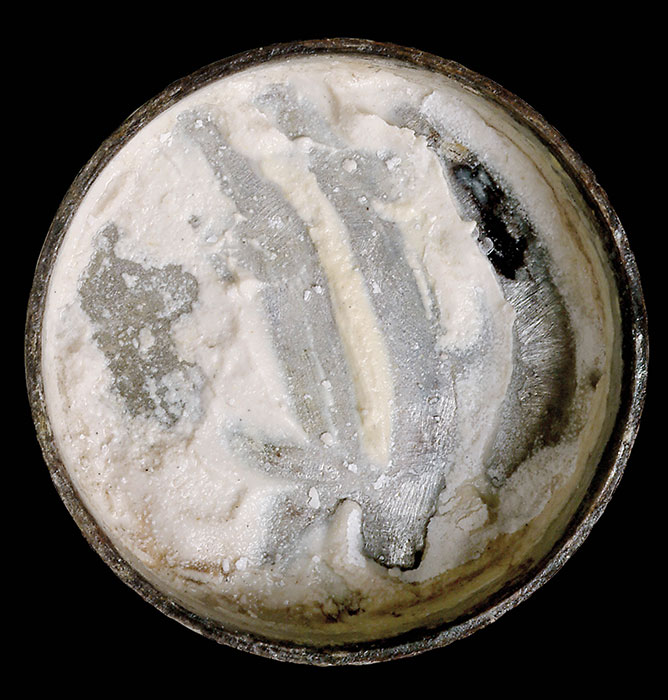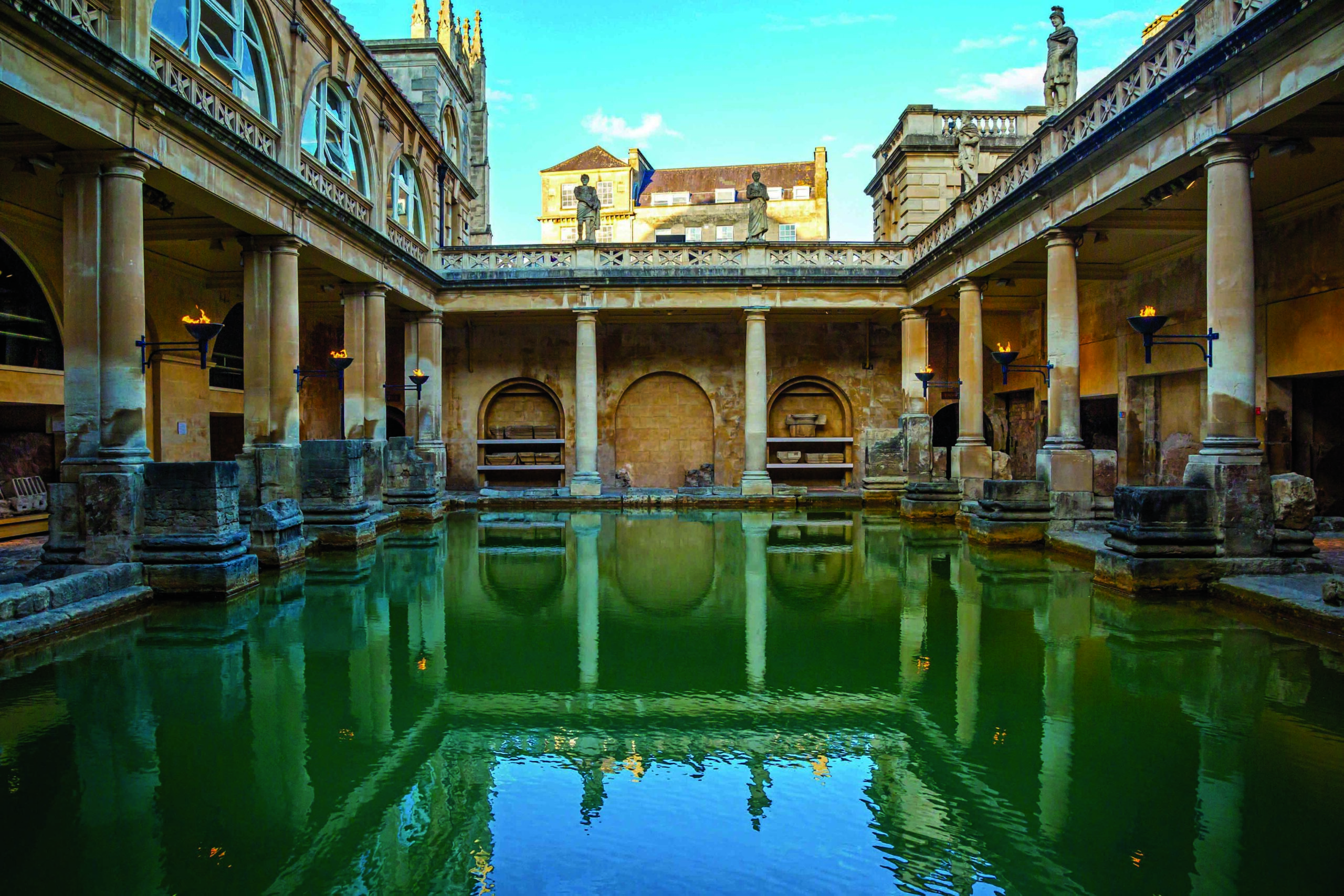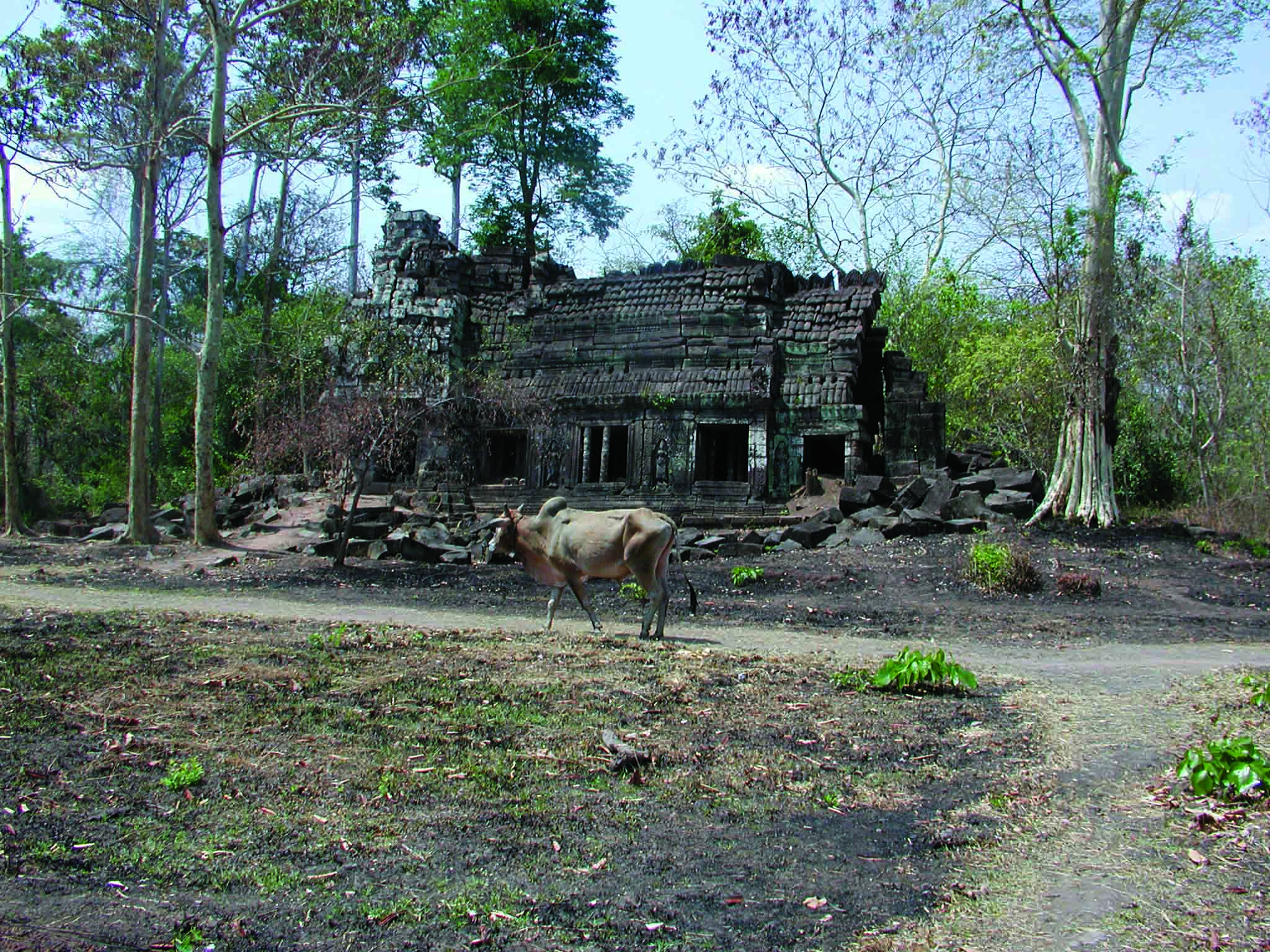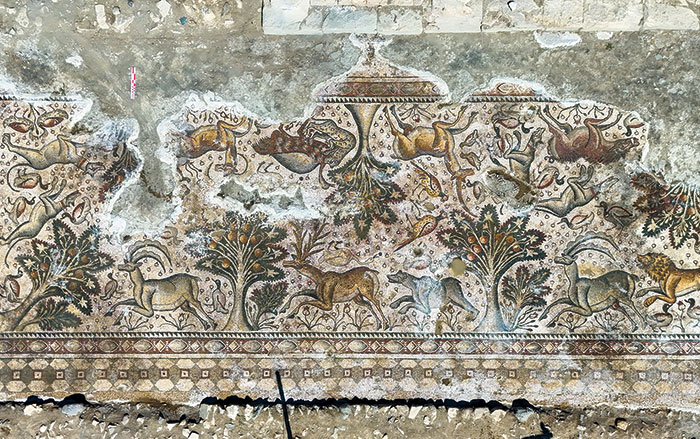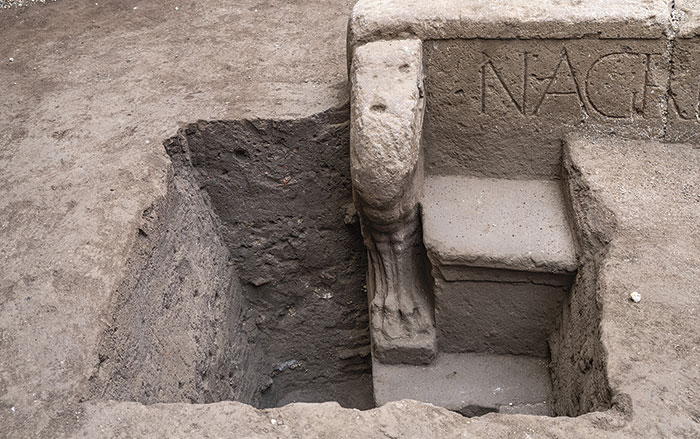
Like many people today, the Romans used makeup to reduce visible signs of aging and achieve glowing skin. Roman cosmetics ranged from homemade do-it-yourself remedies to high-end products, such as costly saffron eye shadow, that were targeted to a wealthy clientele. While ancient writers describe the ingredients and formulas for some cosmetics, very few examples of these products survive in the archaeological record. During excavations of an ancient boundary ditch at a Roman temple complex on the south bank of the Thames, archaeologists unearthed votive objects that included a small round tin canister dating to around A.D. 100 to 150. Upon opening the lid, they were surprised to find a white cream preserved inside the container— complete with two finger marks on the lid left by its last user.
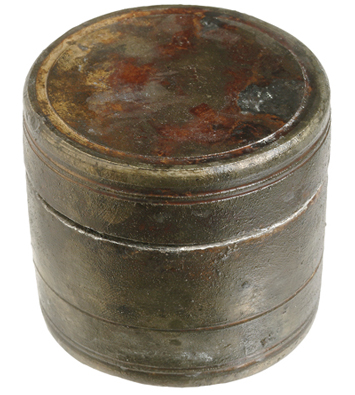
Chemical analysis of the substance revealed its three primary surviving components, allowing researchers to re-create the cream. Animal fat gave the concoction an oily texture that moisturized the skin, explains Museum of London curator Francis Grew, while starch produced a powdery sheen. The third component, however, was entirely unexpected—tin, a metal that no written source lists as an ingredient of Roman cosmetics. Rather than lead-based whiteners that were normally used in Roman makeup, the creators of this product used tin, which would have produced a similarly fair tone. “For women in Roman society, a white complexion signified that they didn’t go outdoors or do hard work, and that they had servants who attended to their needs,” Grew says. “Considering the possible ritual importance of this ditch, could it be that this was some sort of offering to the god by way of thanks for the remarkable properties of this cream?”


